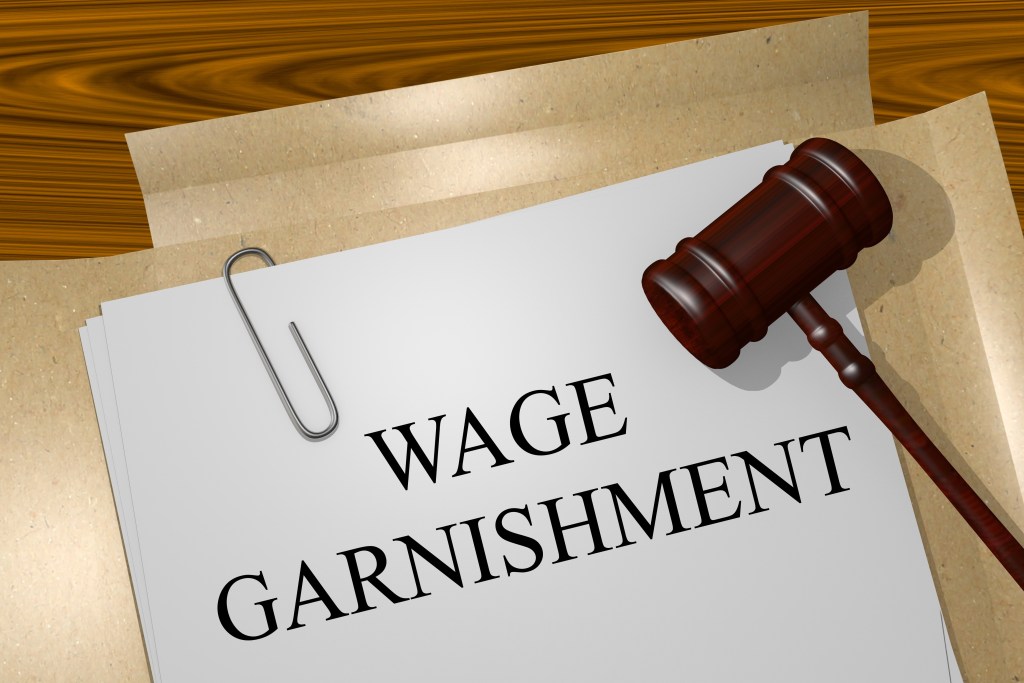
How Does the CRA Garnish My Wages? CRA Garnishment
 A Canada Revenue Agency, a CRA garnishment is one of the most dreaded forms of collection action – and for good reason. If you’ve found yourself asking, “How does the CRA garnish my wages?” you’ve come to the right place.
A Canada Revenue Agency, a CRA garnishment is one of the most dreaded forms of collection action – and for good reason. If you’ve found yourself asking, “How does the CRA garnish my wages?” you’ve come to the right place.
In a CRA garnishment (called a requirement to pay) the CRA can garnish your employment income or client invoices if you are self-employed.
They can also garnish from your other sources of income, including any federal agency or department that owes you money, such as the Canada Pension Plan or Employment Insurance.
What’s worse is that the CRA does not have to warn you about this, nor do they need a court order to garnish. If they have decided to garnish your wages, they will either contact your employer or your clients (if you are self-employed) and request that the necessary amount is taken off your paycheque or invoice and sent straight to the CRA.
This can have far-reaching consequences. If you are employed, your employer will now know that you are in financial trouble, which could be embarrassing depending on your situation. It can be even worse if you are self-employed, as your clients will now know that you are struggling, which might make them question whether they should continue to do business with you.
If your employer, other income providers, or clients are contacted by the CRA, they are legally obligated to comply with the payment request.
The best course of action is to avoid a CRA garnishment before it even starts. Once a wage garnishment is in place, the CRA becomes that much harder to negotiate with.
If you have advance warning of a garnishment, or know that you owe the CRA, it is in your best interest to look for ways to pay the taxes owing. If you can’t afford it, talk to a professional debt counsellor who can help you find the right course of action to make sure the CRA gets their money and your professional reputation is kept intact.
If you’re already under a CRA garnishment, there are only two things that can force the CRA to involuntarily stop collection (besides paying the debt in full): filing for a consumer proposal or filing for bankruptcy.
In a consumer proposal, an offer is made to your creditors to repay a portion of what you owe in lieu of the whole payment. The downside is that it can critically affect your credit score, so it will likely be very difficult to qualify for any type of credit until years later.
Filing for bankruptcy leaves you with only one monthly payment, stops interest and collection action, and reduces debt, but your assets may be taken, and it also affects your credit in a major way.
Both a request for consumer proposal and a request for bankruptcy must be filed through a Licensed Insolvency Trustee (LIT, or formerly known as a bankruptcy trustee) who takes a portion of what you pay.
If you’re on the line for a CRA garnishment, you need someone who will represent you — and only you.
This can include going over your debt consolidation options, making a plan to pay the CRA, or being your advocate while filing for a consumer proposal or bankruptcy.
At DebtCare Canada, we provide all these services and more. Learn about how we can help today.


